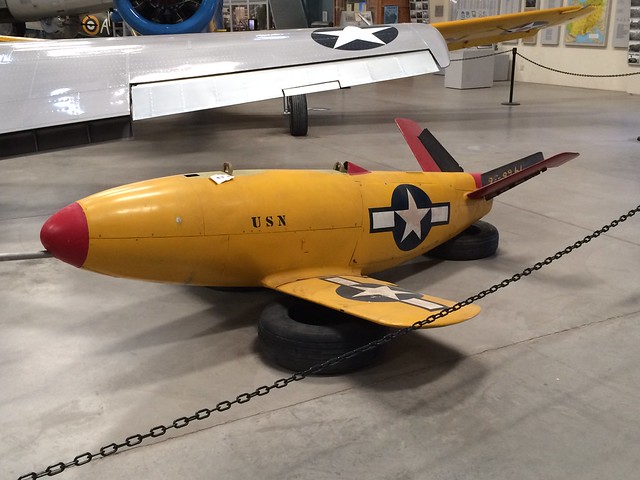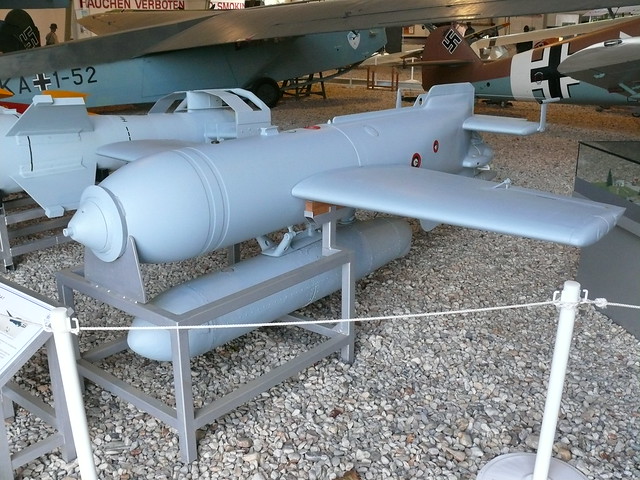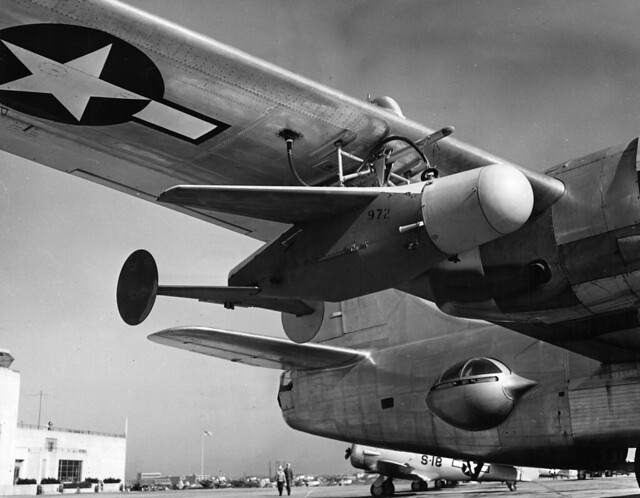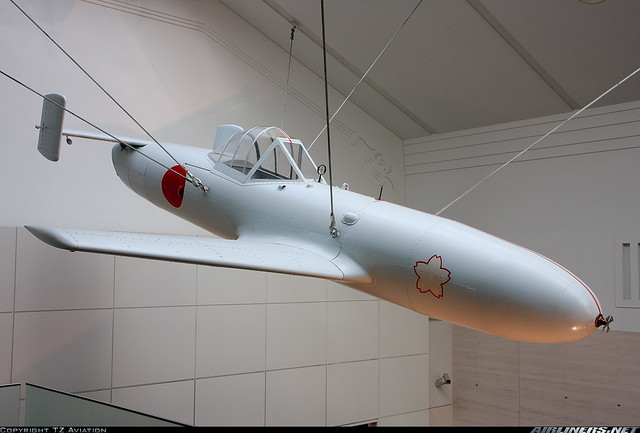Most of us think of precision weapons as smart bombs and associate such weapons with military air forces, but they’re employed by navies and armies as well.
The accurate term is precision-guided munition. Definitions differ. Wikipedia says a PGM is a guided munition intended to precisely hit a specific target and to minimize collateral damage. The Department of Defense says it is a weapon that uses a seeker to detect electromagnetic energy reflected from a target or reference point and, through processing, provide guidance commands to a control system that guides the weapon to the target. The Federation of American Scientists says it is a weapon which can be aimed and directed against a single target, relying on external or internal guidance.
I think of a PGM as a weapon that steers to its target rather than following a ballistic path, so my definition includes the air-to-air missiles I carried on the F-15 Eagle. PGM guidance can be via radio command (like the drone on my Amazon wish list), built-in infrared or electro-optical steering (like Sidewinder or Stinger missiles), laser designation (as with most smart bombs), or internal or external radar (as with Sparrows, AMRAAMs, or Patriot missiles).
We have a couple of strange-looking WWII weapons on display at the Pima Air & Space Museum, where I’m a volunteer docent. They are among the first PGMs ever developed. One is a German radio-guided bomb; the other an experimental US Navy rocket-boosted radio-guided bomb.
The German FX1400 on display at PASM, more commonly known as the Fritz X, was a guided anti-ship glide bomb carried aloft by a Luftwaffe bomber, then steered to its target by radio commands. The Fritz X had flares in the tail to help the bombardier keep his eyes on it as it fell, and he could steer it in pitch and yaw (up, down, right, left). I don’t know if the bombardier controlled it with a little joystick, but I like to imagine he did. The Fritz X was dropped from a height of 13,000 to 18,000 feet, about 3 miles from its intended target.
The weapon was highly successful when first introduced; it scored a direct hit and sank the Italian battleship Roma in September 1943, after Italy negotiated an armistice with the Allies. That same month one scored a direct hit on the American light cruiser USS Savannah, putting it out of action for eight months. The Allies quickly learned how the Fritz X was guided and responded by jamming radio signals, thus reducing the weapon’s effectiveness.
The US Navy weapon on display at PASM is the LBD Gargoyle, a radio controlled anti-ship glide bomb similar to the Fritz X in concept, but with a rocket that accelerated it to 600 mph, making it extremely difficult for gunners on enemy ships to track and shoot. Some call it a missile, and that may be technically correct. The Gargoyle’s rocket fired upon release from the aircraft that carried it, but only for a short time: after that the Gargoyle glided to its target, steered by the bombardier in the mother ship via radio commands. As with the Fritz X, it had flares in the tail to help the bombardier keep it in sight. The Gargoyle was meant to be launched from a height of 15,000 feet, 5 to 7 miles from its target. The Navy continued test & development until 1947, then cancelled the project.
Germany, during WWII, was the first country to use PGMs in combat. In addition to the Fritz X, Hitler’s forces employed two other PGMs: a rocket-boosted radio-controlled bomb and a parasite aircraft combo consisting of a control ship mated to a remotely-piloted bomb.
The Henschel Hs 293 A-1 was a radio-controlled glide bomb, accelerated by a rocket motor after release. The Hs 293 predates the Fritz X, but originally wasn’t a PGM; rather, it was a stand-off weapon, meant to fly a certain distance after launch with the aid of an autopilot, thus keeping the bomber mothership out of harm’s way. Later on, it got a radio control system like the Fritz X, complete with burning flares in the tail so the bombardier could track it visually, which made it a PGM. It was first used in combat in August 1943, when one hit and sank the British sloop HMS Egret (a month before the Fritz X sank the Roma), and was used to sink or damage many other Allied ships between then and the end of the war.
The other German PGM was called the Mistel (Mistletoe), a composite aircraft composed of a parasite control fighter mated to a detachable remotely-piloted drone bomb with a shaped charge in its nose. The Germans began testing the Mistel in July 1943 and eventually produced 250 of them. German Mistel pilots claimed hits on several land and naval targets, but the Allies have always denied it did any significant damage.
Not counting the Gargoyle, which was experimental and never saw combat, the Americans deployed two PGMs during WWII. Both were glide bombs: one radio-controlled, the other radar-controlled.
The AZON VB-1 was a radio controlled bomb, similar to the German’s Fritz X (including a burning flare in the tail), except that it could only be steered left and right, not up and down (AZON stands for “azimuth only”). This meant the bombardier had to get the ballistics right before release, but the limited steering meant he could correct its flight path to some extent. We began using it in 1944 against hard-to-hit bridge targets in Europe and Burma.
America’s other WWII PGM was the ASM-N-2 Bat, a radar-guided glide bomb carried by heavy Navy bombers (like the Privateer in the photo above). This weapon entered development quite early in the war, and was originally meant to be guided optically with a television camera in the nose. At some point guidance was changed to radar. I wondered whether the mothership had to maintain a radar lock on the target to steer the Bat as it glided, but apparently the Bat’s radar was self-contained and autonomous, which made it a launch-and-leave weapon, quite advanced for WWII. The Bat was first tested in 1944. It was used in combat in the Pacific in mid-1945, where it was successfully employed against Japanese ships and railroad bridges. The Bat stayed in Navy service until 1953.
And then there was Japan.
Radio waves can be jammed. Radar can be spoofed. The Japanese went with an unjammable, unspoofable, and expendable control system for their WWII PGM, the MXY7 Ohka (Cherry Blossom), a rocket powered human-guided anti-shipping kamikaze attack plane with a 2,646 lb bomb in its nose. The Ohka was developed in 1944 and saw action during the last year of the war, 1945. It was carried aloft by a bomber, which would fly it to within 20 miles of its intended target and then launch it. The Ohka’s pilot could activate three rocket motors, either one after another or all at once, to accelerate to over 600 mph in a dive, making his kamikaze bomb, like the US Navy’s experimental Gargoyle, extremely hard to target and shoot down. Ohkas sank or damaged seven US warships, mostly during the Battle of Okinawa.
My purpose here was to talk about first-generation PGMs, not current precision weapons or PGMs under development. But I can’t end without at least linking to a Wikipedia entry on what’s coming next, namely, the smart bullet.
You know the old saying about the one-eyed man being king in the country of the blind? My wife worked for a local gun dealer for years and still does contract jobs for him. As soon as this technology penetrates the civilian market (or ideally a little before), I want in. Who wouldn’t want to be the man with smart bullets in the country of dumb bullets?






